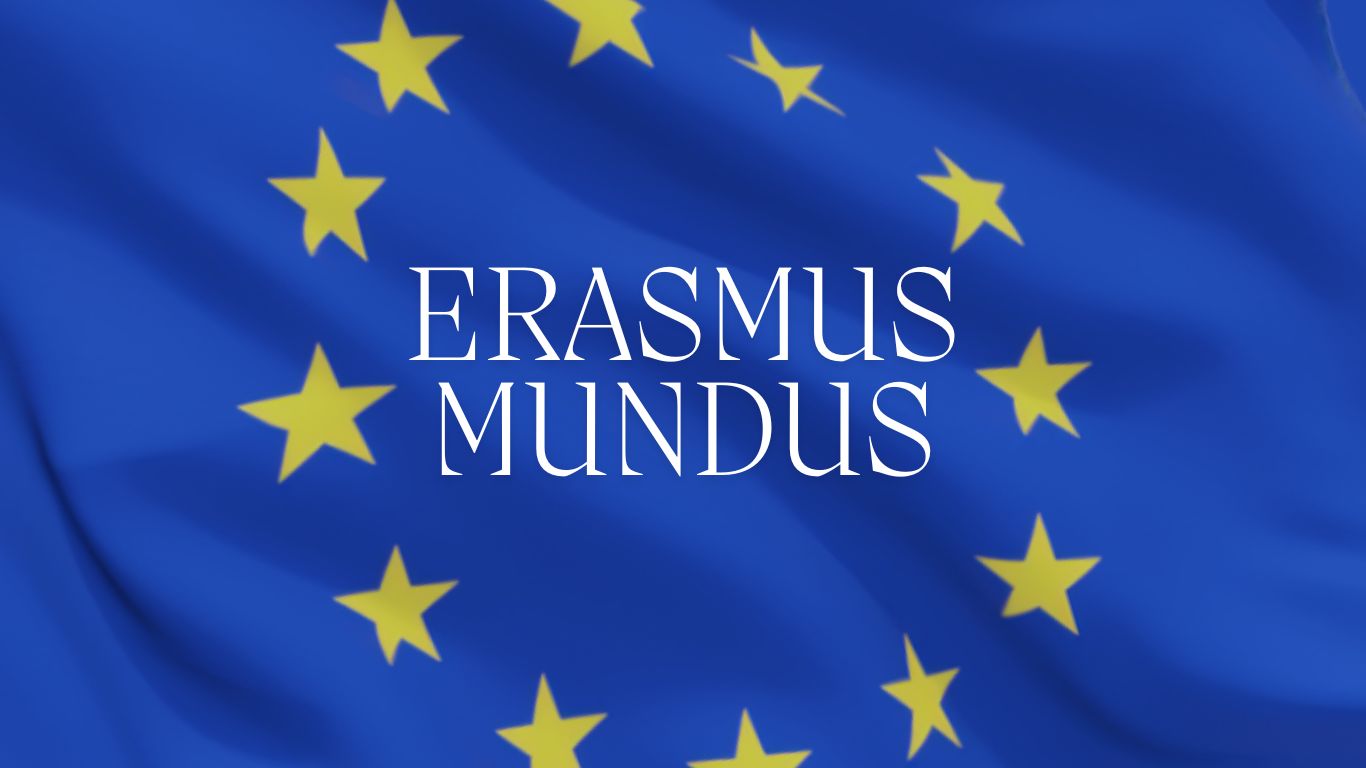The European Union's Erasmus Mundus program, named after the Renaissance scholar Erasmus, seeks to improve the quality of higher education through scholarships and academic cooperation between the EU and countries around the world.
Erasmus Mundus Joint Masters (EMJM) are collaborative programs delivered by multiple higher education institutions across various countries, known for their academic excellence and high level of integration. These master's level programs are open to students worldwide.
Additionally, scholarships are available for the top students. To explore whether an EMJM suits you, read on.
The Erasmus Mundus Catalogue, updated annually, lists the master's programs supported by the European Union. While most programs offer Erasmus Mundus scholarships, some do not, either because they are nearing the end of their funding period or have been temporarily allowed to use the Erasmus Mundus name after their funding has ended.
Typically, consortia require applications to be submitted between October and January for courses starting the next academic year. Interested students should click on the URL of the master’s program and directly contact the consortium for detailed information on courses, application procedures, and scholarship availability.
Why apply?
Erasmus Mundus Joint Masters are prestigious international masters, jointly designed and delivered by a group of higher education institutions.
They involve at least 3 institutions from at least 3 different countries, and multiple associated partners from the academic and non-academic world.
Typically, they include periods of study, research, traineeship, thesis preparation and defence.
Scholarships available:
Masters may also offer full scholarships to the best-ranked students worldwide. Scholarships cover your participation costs and contribute to travel, visa, and living allowance.
Masters duration:
1 to 2 academic years (60, 90 or 120 ECTS credits).
Type of degree awarded:
You will gain either a joint degree (i.e. one single degree certificate issued on behalf of at least two higher education institutions) or multiple degrees (i.e. at least two degree certificates issued by two higher education institutions of the consortium)
You will be able to define these in detail when you sign a study agreement with the relevant Erasmus Mundus Joint Master at the beginning of your studies.
Search and apply:
tudents apply directly to the institution running their chosen programme. You can search the course catalogue for details of the latest programmes on offer.
A new batch of selected Erasmus Mundus Masters is added to the list each year. In most cases, you should submit your application between October and January for courses starting the following academic year.
Each master's website has all the details about the course of study, the list of the participating universities, the entry requirements and all the steps of the application process (with and without scholarship).
What you need:
You must have a bachelor’s degree (first degree), or be in your last year of bachelor's studies, OR
If you are in the last year of your bachelor's degree, you must graduate before the master’s program starts
You may also apply if you demonstrate a bachelor’s equivalent level of learning. This must be officially recognised, according to national legislation and practices, in the degree-awarding country.
Advice with your application:
The Erasmus Mundus Association has resources to help you apply, including course contacts, events with national volunteer representatives, and stories from successful applicants.
Find advice and inspiration for applicants
Grants for Institutions:
Erasmus+ also offers grants to higher education institutions to run EMJM programmes.
Applying as an institution for an EMJM programme grant
Other funding available:
Researchers (Marie Skłodowska-Curie Actions)
More opportunities for individuals
GOOD LUCK









